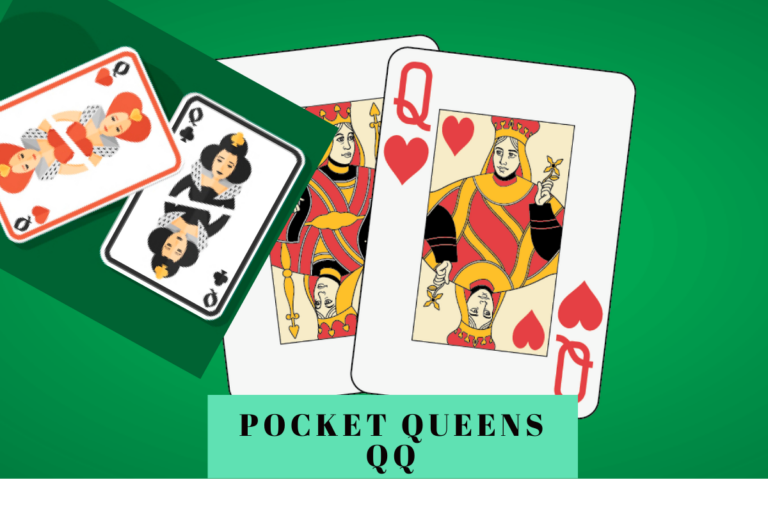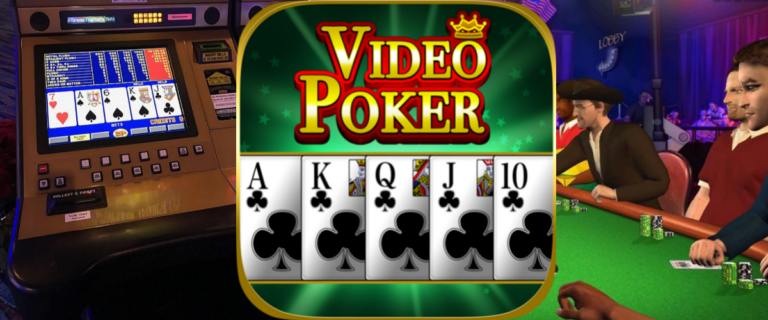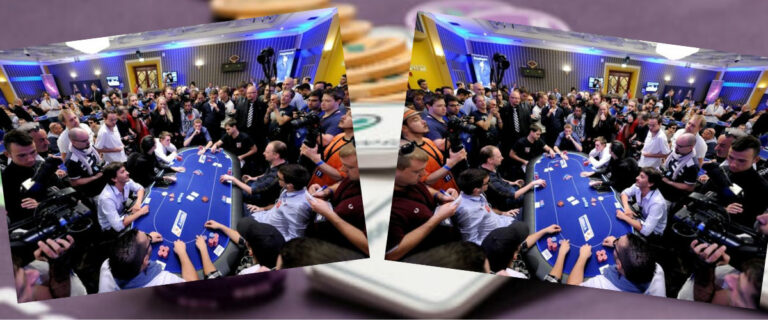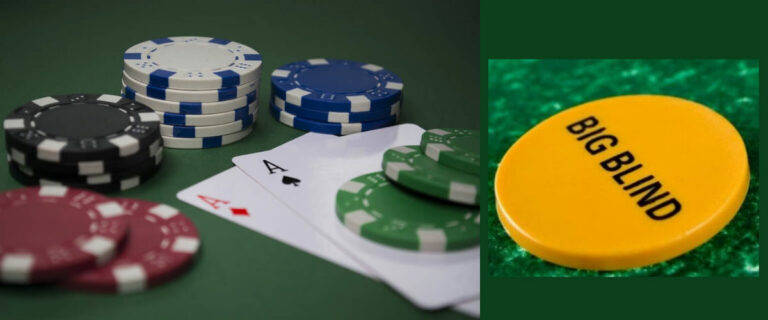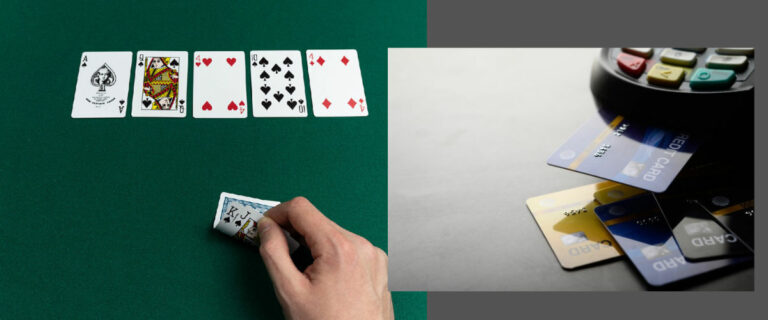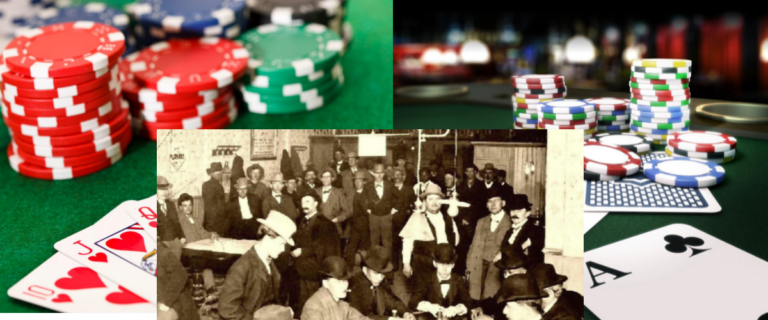How To Spot Bluffs

When playing a game of Poker, there are a variety of different tips and tricks that can help you to improve your game and give you an edge over your opponents. Professional Poker players all know these types of “secrets” and use them to their advantage. Most of the time when playing with a local group of friends, or in a casino, not everyone is a professional. However, do keep in mind that spotting a bluff in Poker cannot be done on the very first hand. Sometimes you must lose a little bit of money before spotting a bluff effectively and winning both this money, and the other players’ money who are sitting around the table.
This may seem counterproductive at first, but there are plenty of people who know how to use bluffs to their advantage in order to cause other people to either begin playing more and more money thinking that the person is bluffing or pick up on the wrong signals and completely ignore the real “tell,” when the player who is throwing the fake bluff actually has very good cards. Watching to see when the other player makes a movement early in the game (no matter how subtle this movement is,) then watching to see if the player was bluffing after the cards are revealed will allow you to fold early on in the game, then take advantage of the player when you decipher what the real “tell” that your opponent has.
Facial Expressions
One of the most obvious tells that you can look for is the expression on an opponent’s face. A look of dejection may cross their face for a split second if the hand is bad, or a look of confidence can appear when a hand is good.
Eye Movements
Your opponent will most likely quickly peek at their cards, then look around at other players when they have an average or weak hand. However, a person is more likely to stare at cards that are larger, or that create a decent hand.
Anxiety
Anxiety is a great indicator of an opponent with a good hand. When your opponent sees that his or her hand is good, he or she will most likely puff their chest out, have dilated pupils, breathe faster, or flex his or her muscles unconsciously as he or she awaited confrontation against another player. A player that does not do this does not necessarily have a weak hand, but it is a good indicator for a strong hand when these actions do happen, as the player is getting ready to throw in chips against another player.
Posture
When a player is confident, he or she may sit up and be alert, but when a hand is weak the player will most likely have slumped shoulders. Once again, do pay attention to the actions of the players and when a bluff is thrown, as players may also slump their shoulders in order to appear disinterested in the cards when a hand is strong in order to throw off other players.
Trembling Hands
Although it may seem counter-intuitive, a player that has a big hand will usually have trembling or shaking hands. This is because he or she is getting ready for a confrontation, just as mentioned in “tell” number 3. A player with a weak hand will not tremble most of the time, as a weak hand will lead to a lull in the intensity of the game for this player, rather than make him or her anxious.

